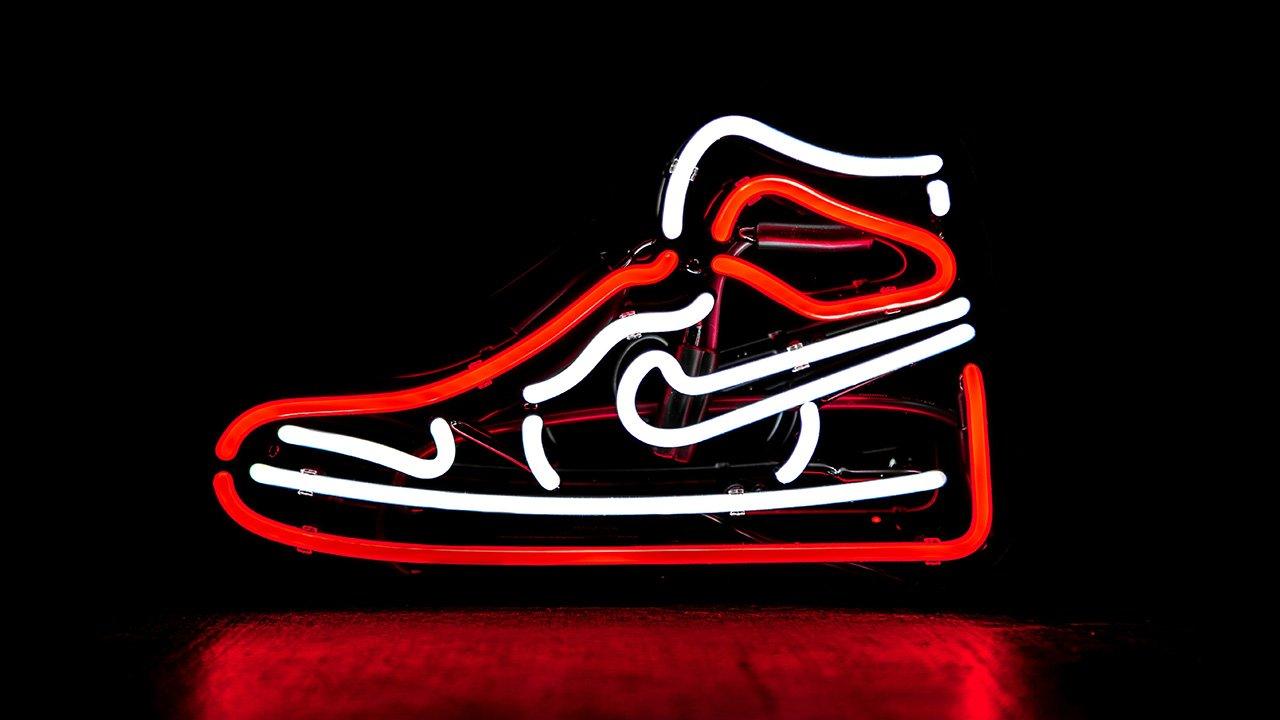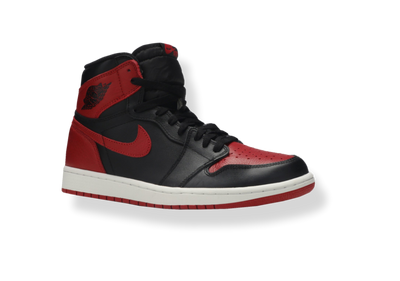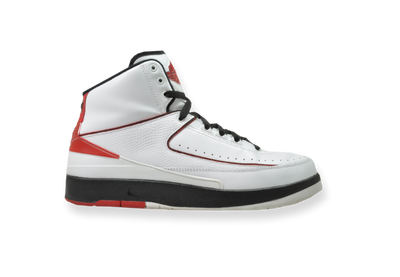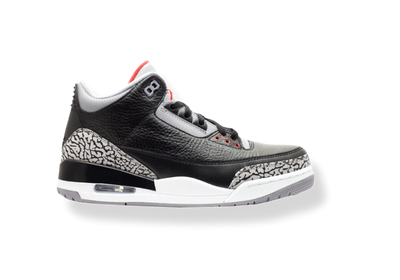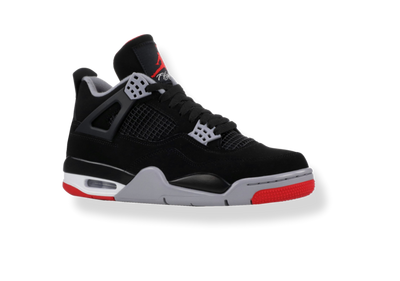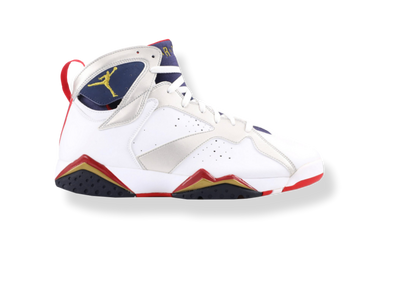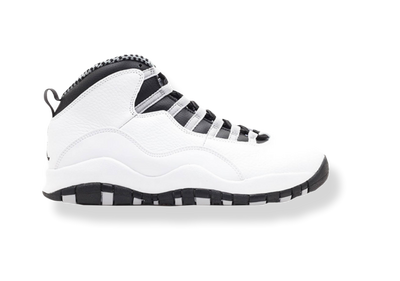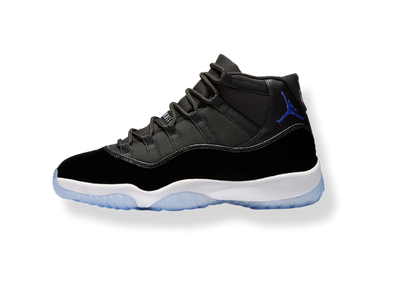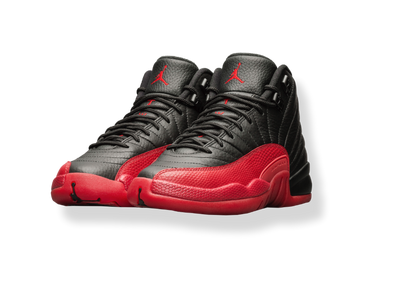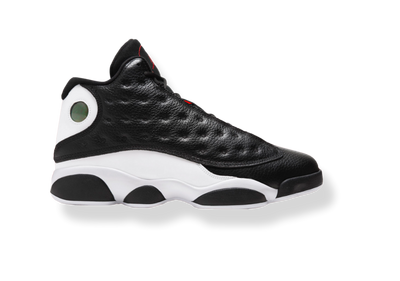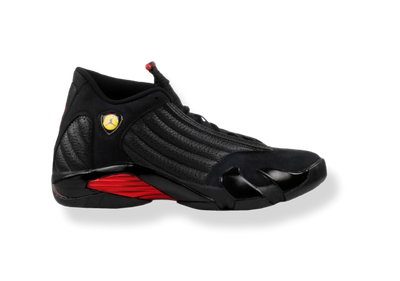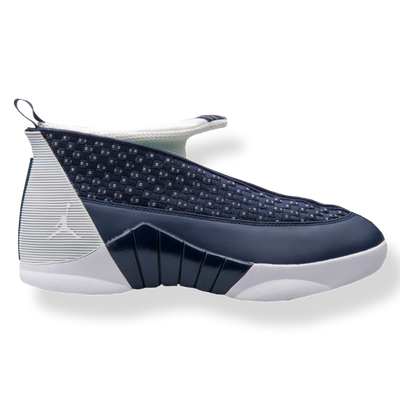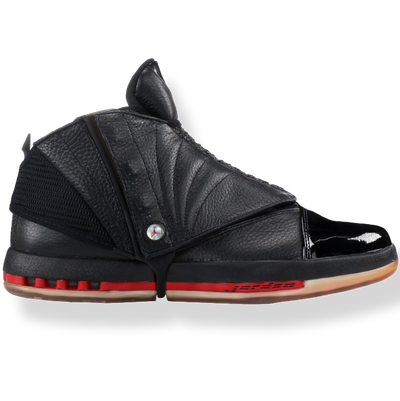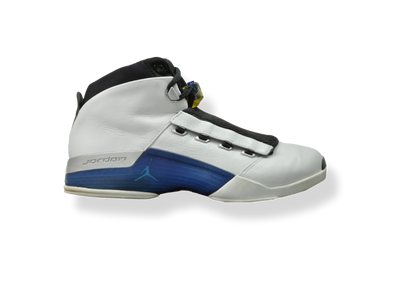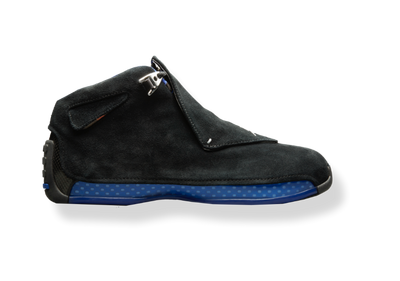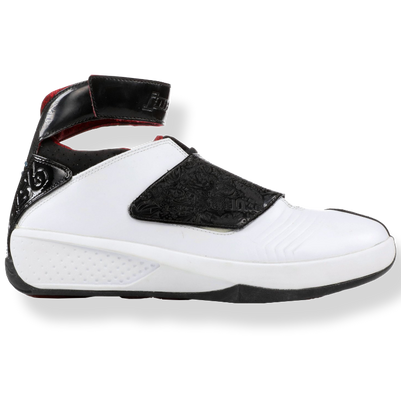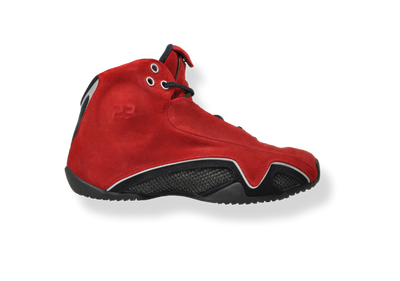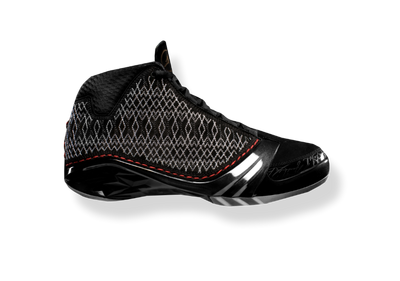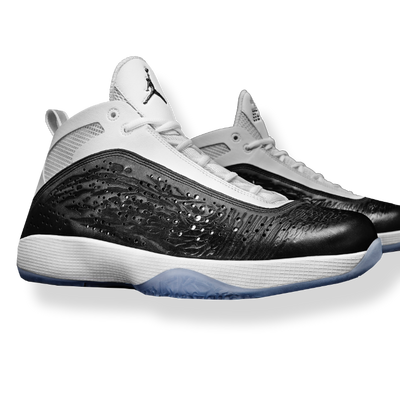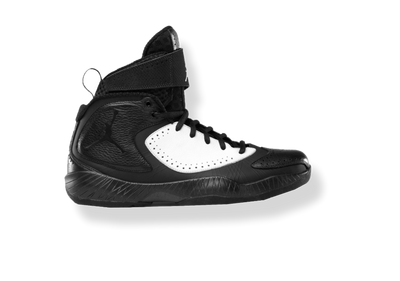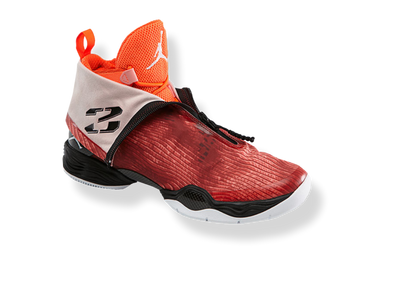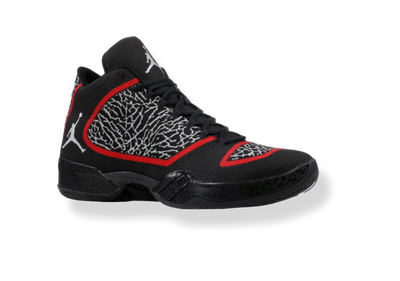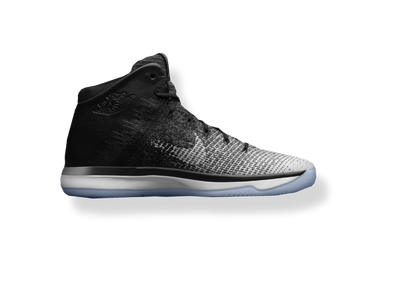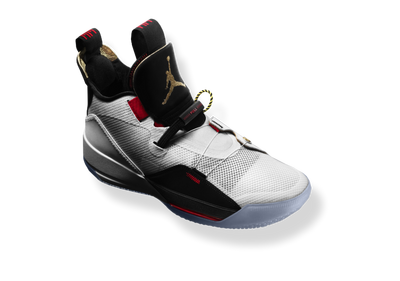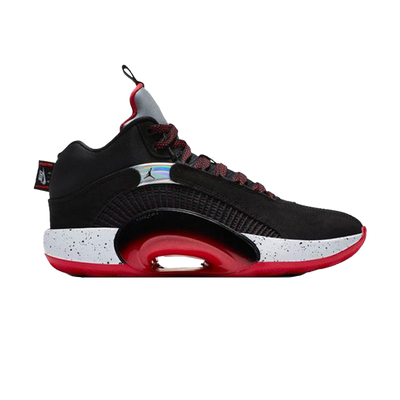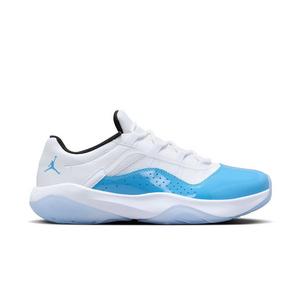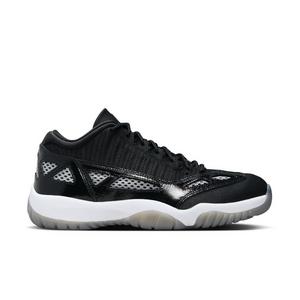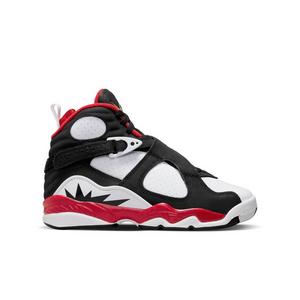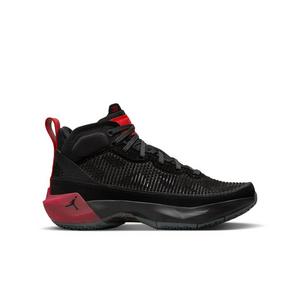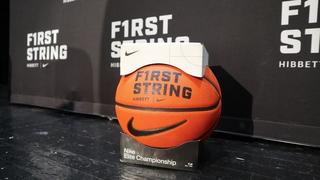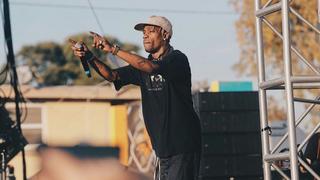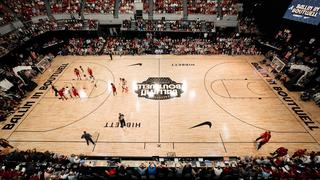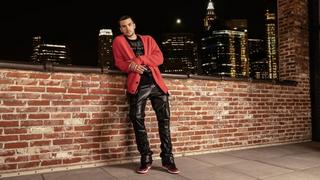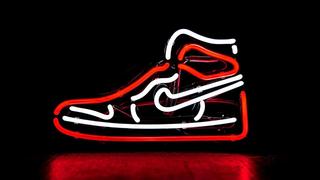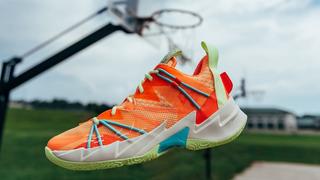We’ve got the ultimate breakdown of all Jordan shoes ever released, and — spoiler alert — there are so many different Jordans it’s difficult to keep track. But before we delve into our Jordan shoes by year, let’s start with a bit of AJ trivia.
Who came up with the name Air Jordan?
No, it wasn’t Mike himself. It was actually His Airness’ agent David Falk.
Who made the first Jordans?
None other than Peter Moore. After Moore hired a budding designer named Tinker Hatfield, he parted ways with the Swoosh and moved over to adidas.
How many Jordans are there?
Thirty-eight silhouettes … and counting! Pretty impressive, huh?
Where are Jordans made?
With a few notable exceptions, like the OG Air Jordan 2, Jordans are made in China or Vietnam.
Are Jordans Nike shoes?
Yes. While Jordan became a standalone brand in 1997, it still operates as a Nike subsidiary.
How much has Michael Jordan made from Nike?
Tons. Some reports show that the Jordan brand has made over $5.1 billion on the shoes, and MJ gets about 5% of that. Which makes sense given that estimates of his net worth are more than $2 billion.
Now that you have your sneaker facts straight, here’s the ultimate breakdown of every Jordan shoe in the Jumpman portfolio to date.

